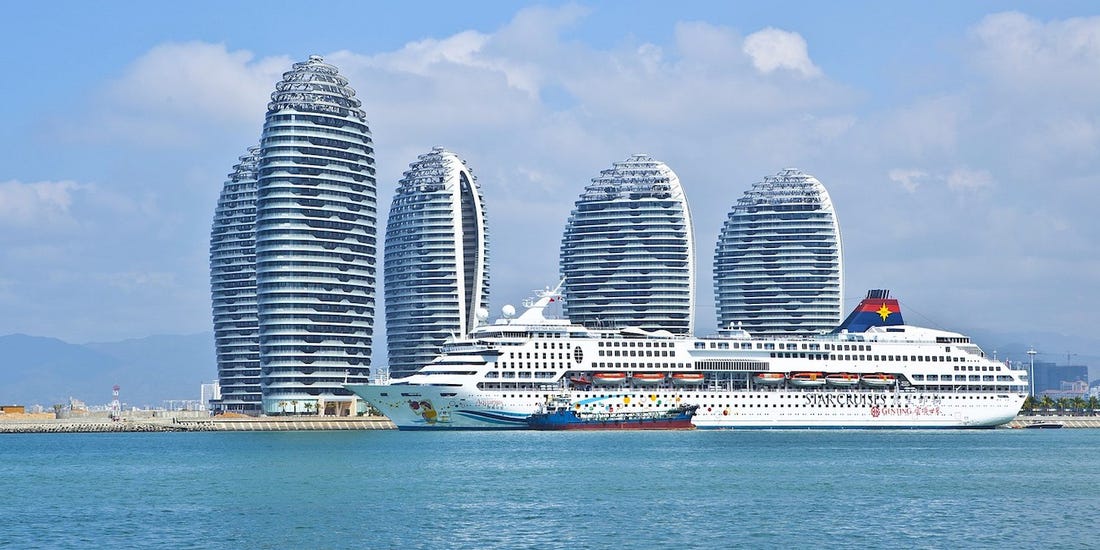
Last April 21, I was humbled to join a closed panel on RCEP and the Hainan Free Trade Port (HFTP) development, part of a subset in the annual Boao Forum for Asia. My fellow speakers hailed from institutes in Malta, Singapore, and Shanghai and our discussants were from Haikou and Shenzhen with our session chair joining from Phnom Penh. The discussions explored experiences and lessons from other free trade ports that can be of value for Hainan and recommendations on how to make the ambitious undertaking work.
Resumption of trade can fuel the revival of economies battered by the Covid-19 pandemic. As such, some countries are looking at FTAs to kickstart their road to recovery. With a third of the world’s population and about 30 percent of world output, the potentials for RCEP is immense. A masterplan released last year eyes trade and investment liberalization by 2025 with a mature Hainan free trade area expected by 2035.
Despite the gloomy global outlook and the slow pace of vaccination, especially in developing countries, there is cause for optimism. Last March, China, the largest economy in the 15-member trade bloc, ratified RCEP. In late April, Japan followed suit. This puts the total number of countries that have ratified the mega trade deal thus far to four. The rest are likely to follow suit before the year ends. Ratification of nine members - six from ASEAN and three from other non-ASEAN members - is enough for the FTA to take effect giving hope for better times by next year.
RCEP can revitalize the momentum for regional economic integration. In Northeast Asia, it can help spur the trilateral China-Japan-Korea FTA. With its envisioned entry into force next year, 90% of intra-regional trade in goods will be made tariff-free. For China, this can offset losses from trade disputes with the United States or the European Union. For other RCEP members, it offers greater market access to the huge Chinese market, a boon for exporters. It can also provide tremendous investment opportunities in manufacturing and services for companies vying to set a footprint or expand their operations in China, Southeast Asia and other RCEP member countries.
Beijing made the unprecedented move of turning the whole island-province of Hainan into a free trade zone anchored on the country’s first free trade port - the HFTP. It shows China’s commitment not only to RCEP but to its own continuing reform and opening-up. HFTP will complement the operation and establishment other free trade zones in the country and the holding of the annual China International Import Expo. The zero-tariff policy will benefit companies, while duty free shopping will benefit consumers and tourists.
The free trade port will leverage Hainan’s favorable geographic position linking China, as well as Japan and South Korea, with ASEAN. Hainan can rival Hong Kong and Singapore as a promising trade and financial hub, housing regional and international headquarters of local and foreign companies doing business in the region. With a bigger land area - 40 times that of Hong Kong, 30 times that of Singapore and 14 times the size of all free trade zones of mainland China - the prospects for hosting more diversified industries abound. The list can range from petrochemicals, medical tourism, education, digital economy, and high-tech sectors, among others. This will reduce the island’s traditional reliance on agriculture and tourism. But more than that, it can propel Hainan to become a new powerhouse province of coastal China competing with Guangdong, Jiangsu, and Zhejiang.
With RCEP’s implementation next year, HFTP can boost ASEAN-China two-way trade. China has been ASEAN’s largest trade partner since 2009. Last year, ASEAN, in turn, emerged as China’s largest trade partner displacing the EU. Designating Hainan as a free trade zone can enhance sea and air links connecting the island province with Southeast Asia, as well as other RCEP member countries. Proximity and growing connectivity, including through infrastructure projects under the Belt and Road Initiative, can help catalyze economic integration.
That said, creating a free trade zone will require more than hard infrastructure. The necessary ecosystem to support such a massive free trade area will require thousands of talents, experts and labor. This can provide plenty of opportunities not only for Chinese but also for foreign expatriates who can bring in training and work experience aligned with priority sectors being developed. Investment in training and cultivating a cosmopolitan outlook among the island’s residents is essential. Building the capacity of local authorities is vital to match expectations of them.
Indeed, much work needs to be done. The negative investment list has to be clarified and further reduced. Customs procedures have to be simplified. Mutual product standards recognition has to be reached. Best practices in management and administration distilled from the experience of other free trade zones in the mainland, as well as from abroad, may help reduce the learning curve for Hainan. It is one bright spot in an otherwise challenging journey.
As one of the country’s most visible post-pandemic projects, Beijing is expected to pull all stops to make its debut free trade port a success. The strength of this commitment can draw investors from RCEP countries and beyond.
